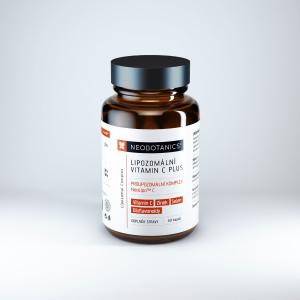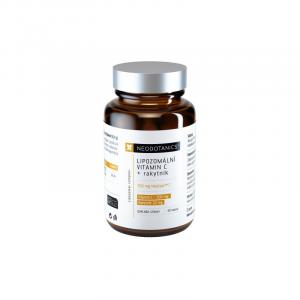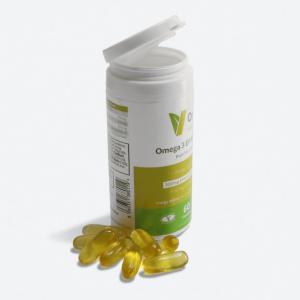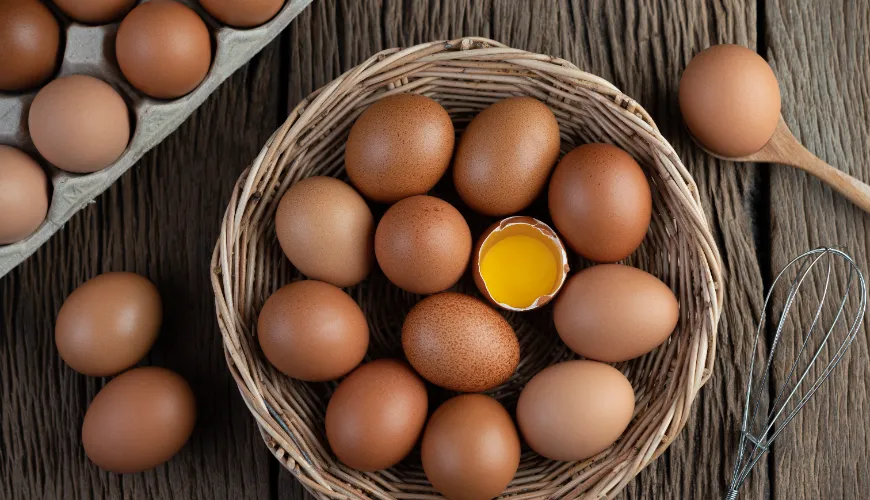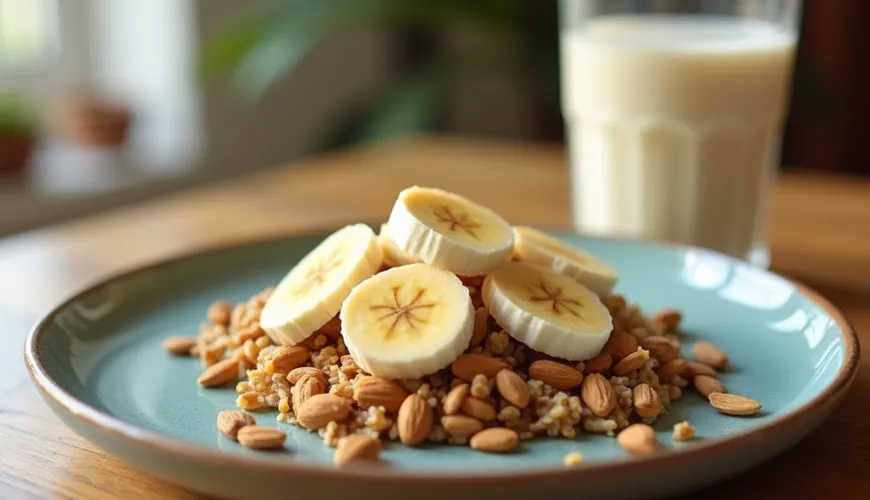
Why Apricot Jam is the Perfect Summer DIY Project
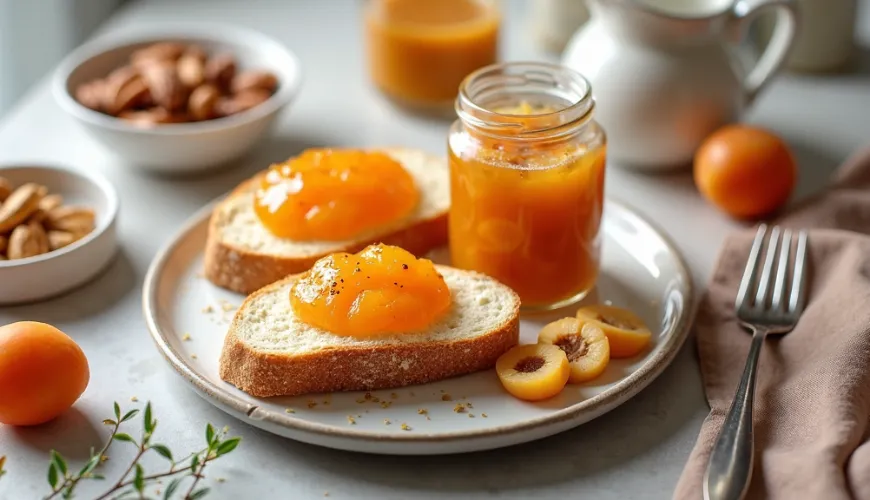
Apricot Jam Like You've Never Known - The Sweet Taste of Summer Without Unnecessary Chemicals
Every summer brings with it the unmistakable aroma of ripe fruit – and perhaps none is as iconic as apricots. Their orange color, delicate sweet-tart flavor, and velvety skin form the perfect base for homemade jam that captures the hearts of both young and old. The recipe for apricot jam has been passed down through generations in Czech kitchens, with each family having their own "best" version. In recent years, however, there has been a growing interest in healthier options – such as sugar-free apricot jam or chemical-free jam, which preserves the fruit's flavor in its natural form.
While store-bought jams often contain preservatives, artificial gelling agents, and an excess of refined sugar, the homemade version can be a gateway to healthier eating and a beautiful summer ritual. Whether you have your own garden or buy fruit at farmers' markets, making your own jam allows you to control the ingredients and opens the door to creative combinations.
Why Give Homemade Jam a Chance?
In an era where you can order anything online in five minutes, homemade jam-making might seem like a step back in time. Yet that is precisely its charm. The aroma of fruit slowly mingling with lemon juice and herbs draws you into the moment. Moreover, homemade preparation also brings environmental benefits – no unnecessary packaging, no unnecessary transport, no hidden chemicals.
Unlike commercial products, which often contain up to 60% sugar, with homemade preparation, you can choose a sweetener according to your preference – or omit it entirely. Many are surprised to find that a truly delicious apricot jam can be made without added sugar, yet still retains a full and balanced flavor. With the right method and storage, you can also do without preservatives.
How to Make Apricot Jam Without Sugar and Chemicals?
Before you start preparing, it’s good to choose ripe but not overripe apricots. The higher the quality of the fruit you use, the more delicious the result will be. If possible, opt for organic apricots that haven't been chemically treated. They offer a pure flavor without pesticide residues.
Basic recipe for natural apricot jam without sugar:
- 1 kg of ripe apricots
- Juice of one lemon
- (optional) 1 apple finely grated – for natural pectin
- (optional) a teaspoon of ground vanilla or a few lemon balm leaves for aroma
Wash the apricots, pit them, and cut them into smaller pieces. Place them in a pot with lemon juice and add the grated apple if you want to naturally thicken the jam. Cook on low heat, stirring often, for about 30 to 40 minutes until the jam thickens. If you prefer a smoother texture, you can blend the mixture with an immersion blender before finishing.
If the jam is too runny after cooling, you can briefly re-cook it. Don’t forget to pour it hot into sterilized jars and turn them upside down to create a vacuum. This way, it will last for several months.
The whole process doesn’t require any special tools – and if you feel you need help with consistency, you can also use agar-agar or apple pectin, which are natural alternatives to industrial gelling agents.
Inspiration from Real Life
In the heart of South Bohemia lives Mrs. Alena, who picks apricots from her garden every July and makes jam according to her grandmother's recipe – without sugar, only with lemon juice and a pinch of cinnamon. "When I was little, my grandmother always said the best jam tastes like fruit, not sugar. I've been doing it the same way ever since," she recalls with a smile. Her jam is also loved by neighbors who come every year "for a jar for winter."
Her story shows that returning to simplicity can be not only healthier but also enriching for the community.
Variations Worth Trying
Besides the classic recipe, there are many variations that can elevate apricot jam to a gourmet experience. Those who enjoy exotic notes might add ginger or orange peel. It also pairs wonderfully with lavender, which adds a slightly floral tone to the jam. For nut lovers, try adding a few chopped almonds or pistachios just before filling the jars.
For those who want to sweeten the jam but avoid white sugar, alternatives like date syrup, maple syrup, or agave are available – these add gentle sweetness without overpowering the fruit's flavor. The advantage is also a low glycemic index, which is appreciated by people with diabetes or those mindful of balanced carbohydrate intake.
Apricot Jam and Its Place in the Modern Kitchen
Jam is no longer just a part of breakfast bread. In the modern kitchen, it becomes a versatile ingredient – it pairs beautifully with marinades, cheeses, and even baking. A spoonful of homemade sugar-free apricot jam can add depth to a dessert, sauce for grilled meat, or a savory tart. And that's where its beauty lies – it's healthy, versatile, and surprisingly sophisticated.
The nutritional benefits of apricots cannot be overlooked. They are a rich source of beta-carotene, vitamin C, iron, and fiber. Jam prepared without added sugar preserves these nutrients in their most natural form. This is appreciated not only by children but also by those who consciously reduce the amount of sweeteners in their diet.
Try our natural products
As the renowned British chef Delia Smith says: "Good food is honesty on the plate." And homemade apricot jam embodies this honesty – simple ingredients, traditional methods, and a result that tastes like summer in every spoonful.
What to Take Away
At a time when more and more people are turning to a sustainable and conscious way of life, having your own recipe for sugar-free and chemical-free apricot jam makes sense not only for health reasons but also as a form of returning to craft and family tradition. Homemade jam-making is also simple and surprisingly relaxing – it can slow down the pace of the day and turn an ordinary afternoon into a small ritual.
Whether you spread the jam on crispy bread, add it to yogurt, or gift it to your loved ones, the feeling of a handmade product simply cannot be compared to a store-bought one. Maybe this summer, you'll find the time to try making your first jam – whether it's sugar-free, with herbs, or traditionally sweet according to an old family recipe. In any case, it will be worth it.
